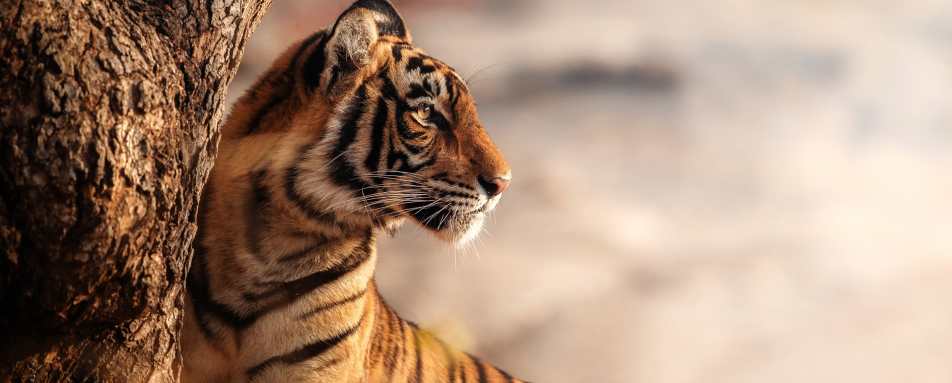Exploring the Different Regions
Travelling around India is one of the highlights of visiting the country, whether by train or private transfer, you can see a lot in a couple of weeks. It’s best to stick to one region though, unless you have a lot of time or want to take internal flights, so take your pick from the north, south and central areas. The best time to visit northern India is between October and March before it gets too hot in April and too rainy in June.
Meanwhile, if it’s the south of India that appeals to you, such as Kerala and Tamil Nadu, you have a slightly larger window of opportunity. The best time to visit India’s south is between November and April, however, the monsoon season (June to August) only brings with it slightly more rain than usual so doesn’t affect travel plans as much as it does in the north.
Central India is best between October and March, however, September and April still offer up a nice climate, with April being very hot (mid-40s) and September the end of the rainy season, when everything is green and lush.
The Himalayas have their own climate, different to the rest of India. The foothills, such as Shimla, are best in October/November and May/June, while further north around Ladakh and Leh, you’re best going between June and September, otherwise, it is extremely cold.










